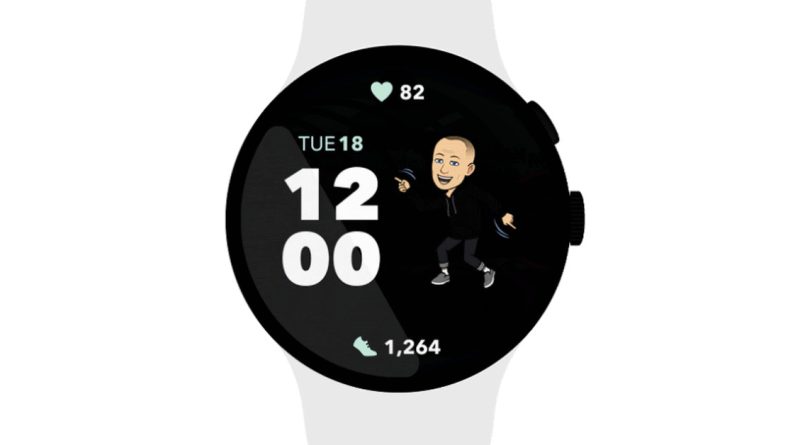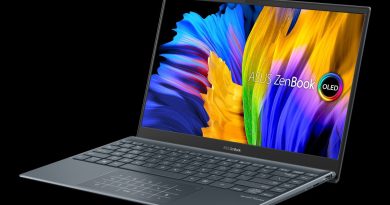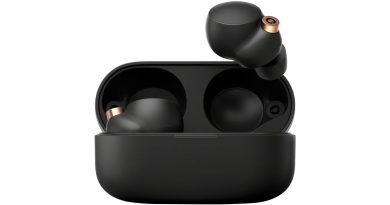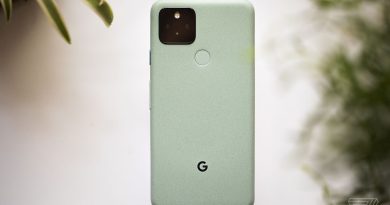11 things we know about the new smartwatch OS from Google and Samsung — and some we don’t
Yesterday brought the momentous news that Google and Samsung will merge together their Wear OS and Tizen-based smartwatch platforms into a single operating system. The new software is currently being referred to as Wear, but that name could change as we get closer to the first devices that will ship with it.
The unified platform is intended to give Android smartwatches a huge boost and much simpler strategy. It will also allow developers to create apps and widgets for a single OS instead of splitting their efforts between Wear OS and Tizen. A lot of this is spelled out in more detail in the below video, but let’s also focus on the big highlights.
It’s going to be faster than Wear OS
Speed and responsiveness were one of the major talking points when Google and Samsung made this announcement during the I/O 2021 keynote. The companies are claiming that apps open up to 30 percent faster than they currently do on Wear OS. Google also promises “smooth user interface animations and motion,” which hasn’t always been a strength of Wear OS.
Battery life will be a step up, too
Samsung’s smartwatches were already routinely outlasting Wear OS products, so this doesn’t come as a surprise. The company is lending Google some hardware expertise to ensure better stamina. “Samsung implemented our best technology to provide optimized performances, and advanced sensor batching and low power display technology to ensure an efficient and long-lasting battery,” Samsung’s Janghyun Yoon wrote after Tuesday’s news. Google’s Bjorn Kilburn said customers can expect “handy optimizations like the ability to run the heart rate sensor continuously during the day, track your sleep overnight and still have battery for the next day.”
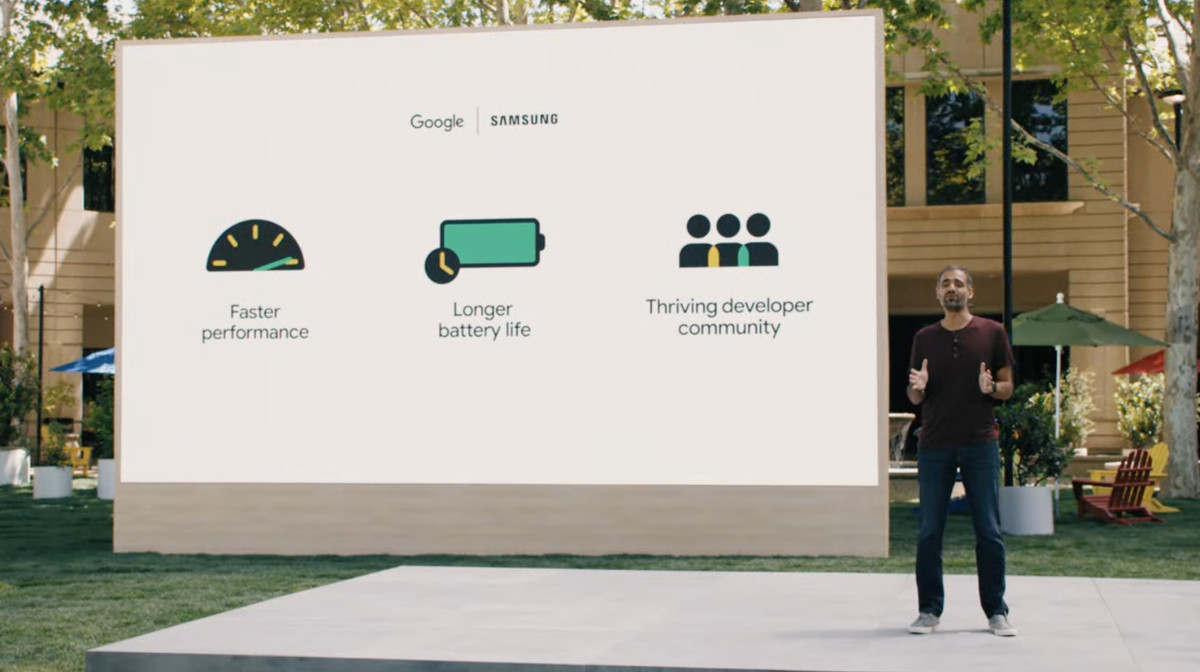
The next Samsung Galaxy Watch will run Wear
Samsung has confirmed that its next smartwatch — and all others in the pipeline — will run the unified Wear platform. But the company made sure to note that it will bring over some of its popular hardware elements, like the rotating bezel mechanism.
A standalone Google Maps app will do turn-by-turn directions
In a report from Wired, we learned that there are plans for a Google Maps app on Wear that features “a new user interface that will also work even if your phone is not with you.” That hints at cellular data support on the new unified platform.
Spotify and YouTube Music apps will support offline downloads
Spotify already allows owners of Samsung smartwatches to download songs for offline listening, and now that same convenience will be extended to Wear. That’s one thing Spotify for the Apple Watch still doesn’t do.
Google also confirmed that YouTube Music will be available on Wear. Like Spotify, it’ll include full support for offline listening.
Fitbit activity tracking will be built into the platform
Having completed its acquisition of Fitbit at the start of this year, Google will now integrate some of the brand’s health and activity tracking features into Wear. Future premium Fitbit wearables will also run the unified platform.
Device makers will be able to customize the look and feel
Google tried to emphasize on Tuesday that this platform isn’t just intended for itself and Samsung. “All device makers will be able to add a customized user experience on top of the platform,” Kilburn said. That’s going to prove important if Google wants to keep companies like Garmin on board with the new platform. And we can’t forget about the many traditional watchmakers — Fossil, Citizen, TAG Heuer, and others — that have gotten behind Wear OS in recent years in the absence of a flagship smartwatch from Google.
Apps should be faster and easier to develop with new APIs
Wear’s apps will use the latest Android development techniques like Jetpack and Kotlin to help reach the best possible performance. Google is also promising to make life easier for app makers with new APIs that cover Tiles, health services, watchfaces, complications, and more. And an activity indicator will show when certain functions are running in the background.
Some Wear OS smartwatches might get upgraded to Wear
There aren’t any firm promises yet, but Google at least didn’t outright say existing products won’t be updated to the new OS. The company told 9to5Google, “we will have more updates to share on timelines once the new version launches later this year.”
Samsung will not update Galaxy Watch models to Wear
Samsung will not be updating its Galaxy Watch line to Wear, but says it has no intention of leaving its current customers in the dust once it starts releasing Wear hardware. “For customers who already own the Tizen OS based Galaxy smartwatches, we are continuing to provide at least three years of software support after the product launch,” the company said Tuesday. However, it seems plausible there will be more than a few features and new Wear tricks that will never make their way to older Galaxy smartwatches.
Samsung will bring over its watchface designer tool
Some people out there really care about having a good watchface selection on a pricey smartwatch. Google and Samsung are promising a wide mix of styles, and Samsung told Wired its design tool — and many of the company’s own signature watchfaces — will be available on Wear.
The unknowns
Google and Samsung shared a decent chunk of information on day one, but we’re still left without answers to a few important questions. We should learn more details over the summer as we head into fall hardware season.
- When will the first Wear smartwatch be available?
- Is the underlying operating system closer to Wear OS or closer to Tizen? (Considering that developers will be using Android tools to build apps, it seems like the former.)
- Will there be required helper apps like some of Samsung’s watches have needed?
- Is Wear going to continue offering some semblance of iOS support?
- What’s going to happen to Samsung Pay and Bixby? Are they both goners on the wrist?

